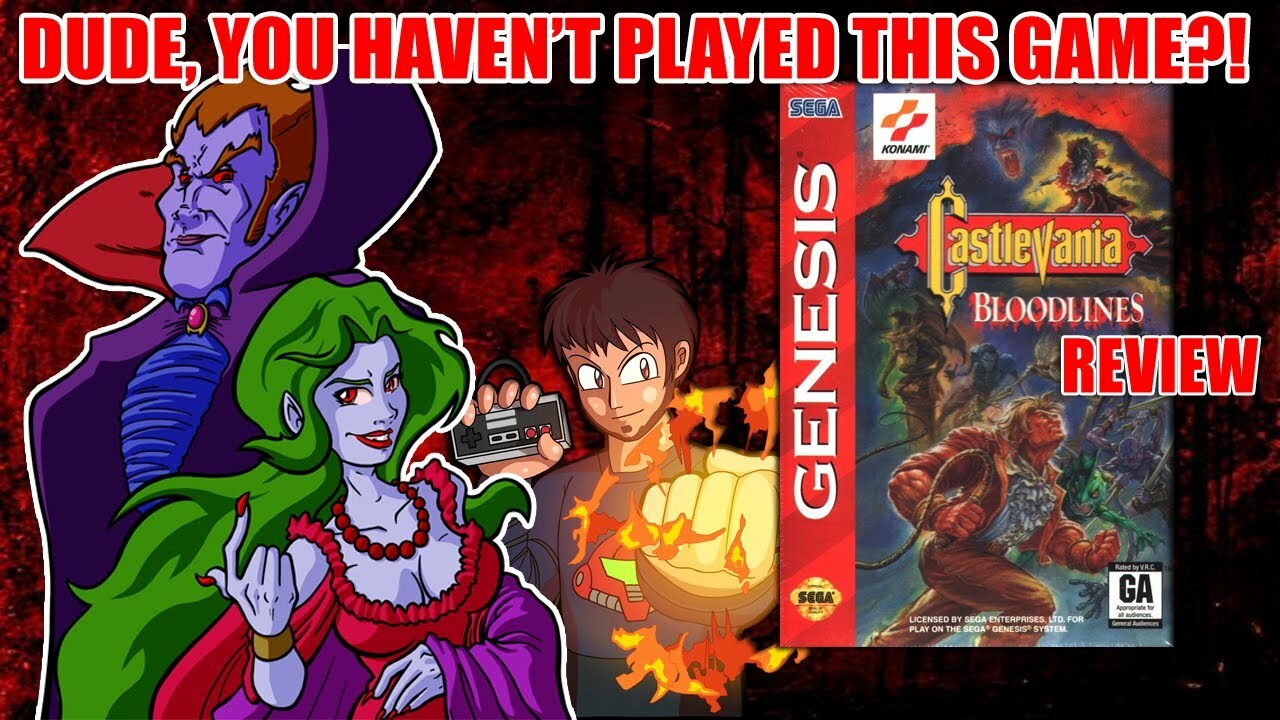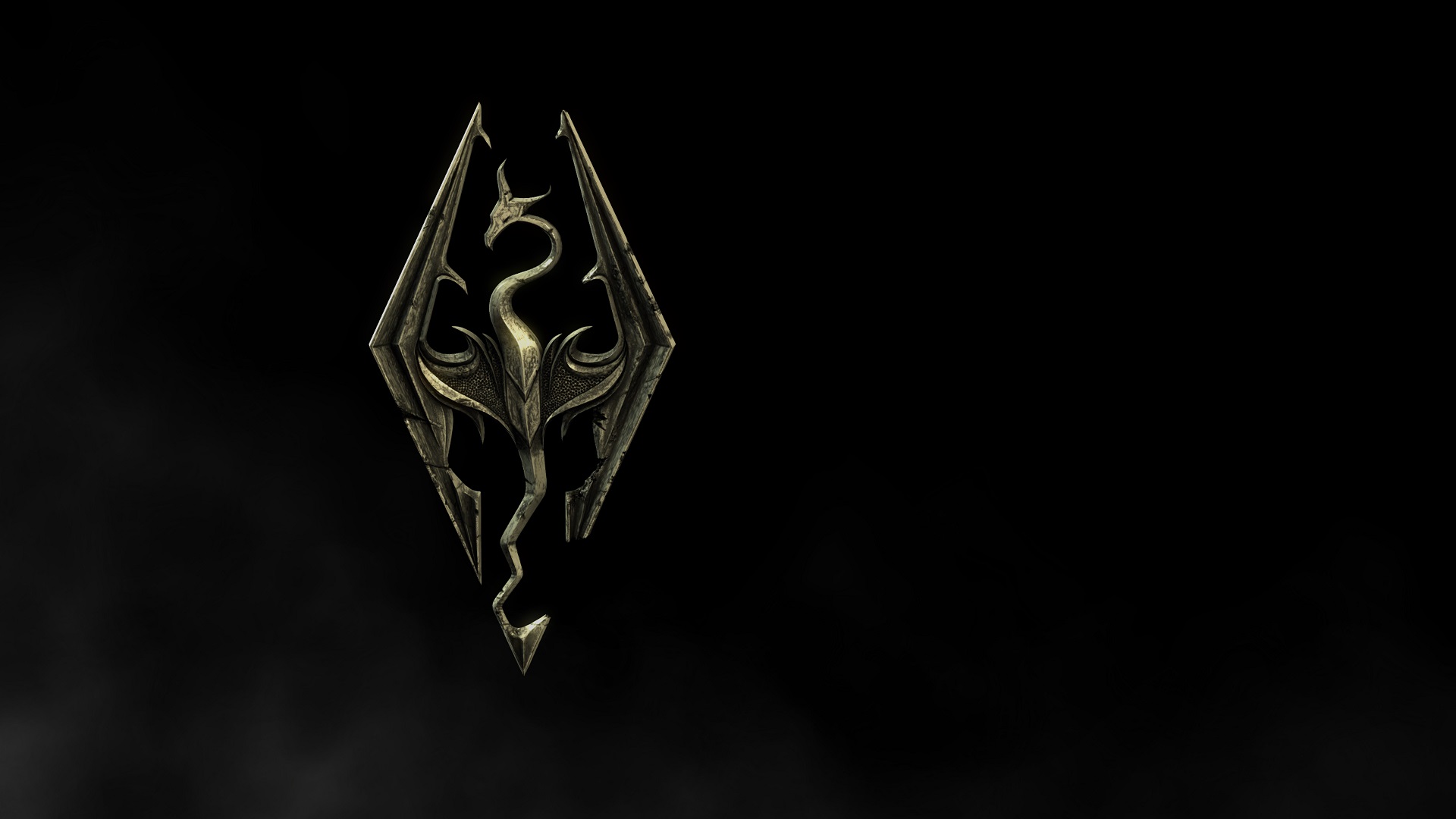Share
When it comes to classic RPGs, few modern consoles have better support than the PlayStation 3. Sure, the Switch is up there, but while Sony’s first HD venture hosted a fantastic range of original RPG experiences like Mass Effect, Tales of Xillia or Ni no Kuni: Wrath of the White Witch, players could separately access hundreds of retro PS1 and PS2 Classics through PlayStation Network. And what a fine selection that was, gradually bringing us heavy hitters like Final Fantasy, Chrono Trigger, Persona, Grandia, and more.
Considering PSP/PS Vita owners can also access that PS1 selection, these RPGs still make for an impressive line-up, boosted by that portability. Sadly, as you’ve likely heard, Sony’s recent announcement about closing down their old PlayStation stores means we’re losing access to that vast digital library, and these RPGs are no exception. Though many prominent titles like Chrono Trigger have since launched elsewhere, there’s still a few that remain widely unavailable for PC or modern consoles.
As such, we’ll be highlighting some of the best retro RPGs that haven’t been re-released, and here’s our top 5 picks.
1 – Persona 3: FES

Persona 5 might be all the rage recently, but Persona 3 was a defining PS2 entry for Atlus’ hit series in 2007. Earlier entries often get overlooked, and that’s because Persona 3 established the famous life simulation mechanics. With events taking place on a day-by-day basis, this entry took us to Iwatodai, where our nameless protagonist enrolled at Gekkoukan High School. Outside of school life, we joined fellow students in the Specialized Extracurricular Execution Squad, defending our world from a mysterious threat known as shadows.
To do that, each party member utilises the power of Persona – a manifestation of their inner psyche – offering turn-based combat within one large (but divided) tower called Tartarus, which only appears during the “Dark Hour”. It became a huge success and, as is customary for Atlus, they soon released an updated version, Persona 3: FES, which was later re-released on the PS3. That included a new 30-hour epilogue called “The Answer”, and we played as Aigis, your robotic SEES teammate. Packing quite a high difficulty, this expansion also offers some closure on 3’s ending.
It’s worth noting that FES differs considerably from Persona 3 Portable, a PSP edition also available for download. Portable removes The Answer but let us choose a female protagonist, and there’s no definitive edition that combines both, so choose carefully. Otherwise, Shin Megami Tensei: Persona’s PSP port, Persona 2: Innocent Sin’s PSP remake and Persona 2: Eternal Punishment (PS1) can also be found. Like FES, Persona 4 was also re-released as a PS2 Classic, but if you’ve got a PS Vita or competent PC, you’d be better off buying 4’s expanded edition, Golden.
2 – Suikoden II

Like many Konami franchises, Suikoden’s been missing in action for some time. Last seen in the West in 2009, it takes inspiration from 14th century Chinese novel Shui Hu Zhuan, a tale of governmental oppression, betrayal, and social unrest during the Song Dynasty, where 108 outlaws defeated Emperor Huizong’s army at Liangshan Marsh. Incorporating that concept of an outlaw army, Suikoden successfully launched in 1995 for PS1, but this RPG series didn’t truly hit its apex until the sequel.
Released in 1998 for PS1, Suikoden II took place several years later, but focused on a (mostly) different cast. Telling the tale of Riou and Jowy, both members of Highland Kingdom’s youth brigade witness their unit get massacred by Highland’s own prince, Luca Blight, but manage to escape. Soon enough, it becomes clear Luca used this attack to falsely justify war with the city-state of Jowston, knowing few would ever suspect him. As Riou, your job was to create a rebel army, known as the 108 Stars of Destiny, and thwart his efforts.
By delving into war’s ethical and moral complexities, Suikoden II was ahead of its time, and there’s good reason to why it’s often considered one of the best JRPGs ever made. Much like Persona, multiple Suikoden entries are available on PSN, and as PS1 Classics, Suikoden I/II are both going. As for its PS2 sequels, Suikoden III/IV are also individually available, but sadly, Suikoden V and Tactics never saw a re-release, making for an oddly incomplete selection.
3 – Shin Megami Tensei: Digital Devil Saga

Shin Megami Tensei’s undoubtedly been overshadowed by its own spinoff series, Persona, in recent years, but there’s little doubt it remains Atlus’ flagship series. First released in 1987 with Digital Devil Story: Megami Tensei, we’re currently awaiting the HD remaster of 2003’s Shin Megami Tensei III: Nocturne next month, to say nothing of the upcoming fifth entry. Following Nocturne’s success, Atlus got to work on another set of PS2 spinoffs, calling this duology the Digital Devil Saga.
Releasing in 2004, both games were made with similar turn-based gameplay to Nocturne, though crucially, Atlus designed these entries to be more accessible. We played as Serph, leader of his tribe called the Embryon, fighting against five other tribes within a digital world known as “The Junkyard”. Having been infected with demonic powers, Digital Devil Saga witnessed Embryon trying to ascend to “Nirvana”, finding a way into the real world.
Deliberately designed as a two-part experience, Digital Devil Saga 2 launched the following year, placing us in a fight against the Karma Society. Both games were ultimately a success for Atlus, and they eventually released this duology as part of the PS2 Classics range. Though the HD remaster is nearly here, SMT fans can also pick up Nocturne alongside them, and that’s based off the Maniax edition, which features Dante from the Devil May Cry series.
4 – Xenogears

Monolift Soft’s Xeno series has seen quite a history. Created by Tetsuya Takahashi, he’s better known for Bandai Namco’s Xenosaga trilogy and Nintendo’s Xenoblade Chronicles these days, but before establishing Monolift Soft, Xeno began life as a Square project, simply called Xenogears. Originally suggested for a Final Fantasy VII storyline, this premise was redesigned as a Chrono Trigger sequel before becoming an original project, launching in 1998.
Starting on the continent of Ignas, Xenogears followed the story of Fei Fong Wong, a young man residing in the village of Lahan. After an attack sees Lahan destroyed, Fei eventually travels the world with several companions, seeking to takedown the all-powerful Solaris and investigate other mysteries regarding the planet. Using a variant of Final Fantasy’s Active Time Battle combat system, Xenogears notably featured mecha fights called “Gear Battles”.
Released to positive reception, a sequel was soon planned but eventually cancelled, as Square Enix instead focused on Final Fantasy: The Spirits Within. That decision led to Takahashi and several others leaving to form Monolith Soft, and over a decade after release, Xenogears made its way to the PlayStation Network as a PS1 classic. Sadly, Bandai Namco has never made the Xenosaga trilogy available digitally, though Xenoblade Chronicles is widely available.
5 – Vagrant Story

Vagrant Story is truly a unique action RPG. Featuring no shops or NPC interactions, Square released it on PS1 back in 2000, and this experience took between the Kingdom of Valendia and the ruined city of Leá Monde, focused on a high-ranking agent called Ashley Riot. Investigating links between cult leader Sydney Losstarot and Valendian official Duke Bardorba, Ashely soon finds himself blamed for the Duke’s murder in the prologue, and Vagrant Story’s campaign takes us back to the week before it occurred.
Though Vagrant Story is considered a cult classic now, its wider legacy is an unusual one, as it has little to do with the game directly. Years later, Square Enix retconned Vagrant Story as being set within Ivalice, despite never mentioning this world in-game, and as a result, Vagrant Story is commonly remembered alongside other Ivalice Alliance games like Final Fantasy XII, Final Fantasy Tactics, and Crystal Defenders. Regardless of that link, there’s an excellent game to be found here, and it remains genuinely surprising we’ve not seen it re-released elsewhere.




